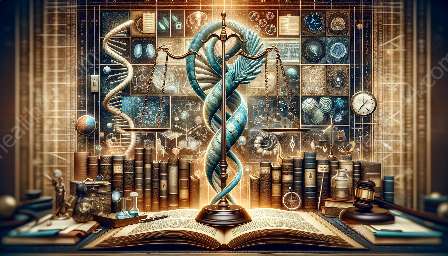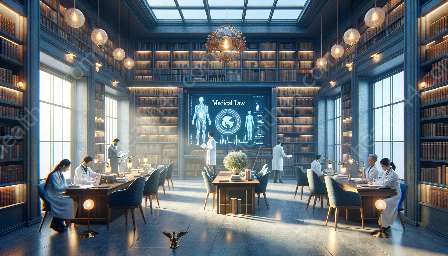Medical device regulations play a crucial role in shaping the integration of innovative technologies in healthcare. This comprehensive topic cluster will explore the intricate relationship between medical device regulations, innovative technologies, and medical law. By understanding these interactions, we can gain insight into the challenges, opportunities, and potential impact on the development and adoption of cutting-edge medical devices.
The Intersection of Medical Device Regulations and Innovative Technologies
Medical device regulations serve to ensure the safety, quality, and effectiveness of medical devices, ranging from simple instruments to complex technologies. These regulations are designed to balance innovation with patient safety, providing a framework for the development, manufacturing, and marketing of medical devices. However, the rapid evolution of innovative technologies, such as artificial intelligence, robotics, and advanced materials, presents both opportunities and challenges for regulatory agencies.
One key implication of medical device regulations on innovative technologies is the need for adaptability. As new technologies emerge, regulatory frameworks must evolve to address their unique features and potential risks. Furthermore, the growing focus on personalized medicine and digital health solutions has prompted regulators to re-evaluate existing paradigms to accommodate these transformative technologies.
Impact on Product Development and Market Access
Medical device regulations significantly influence the product development process and market access for innovative technologies. The stringent requirements for pre-market approval, clinical evidence, and post-market surveillance directly affect the time and resources necessary to bring new devices to market. Innovators must navigate complex regulatory pathways, which may differ based on the classification and intended use of the medical device.
Moreover, the convergence of medical device regulations with data privacy and cybersecurity laws has become increasingly important in the era of connected healthcare. Innovative technologies often rely on data collection, analysis, and communication, necessitating compliance with a broad spectrum of regulatory measures. This intersection underscores the intricate relationship between medical device regulations and broader legal frameworks, shaping the landscape for innovative healthcare solutions.
Addressing Ethical and Legal Considerations
Innovative technologies in the medical device space raise ethical and legal considerations that intersect with medical law. The use of AI algorithms in diagnostic tools, for example, brings forth questions of accountability, transparency, and liability in the context of medical malpractice and professional standards. As regulatory bodies grapple with these challenges, they must ensure that the evolving landscape of medical devices is aligned with ethical principles and legal safeguards.
Furthermore, the globalization of medical device regulations and the harmonization of standards across different jurisdictions have implications for cross-border innovation and market access. Companies developing innovative medical devices must navigate varying legal requirements, conformity assessments, and post-market surveillance obligations, thereby impacting their international expansion strategies and market presence.
Adoption Challenges and Future Outlook
Understanding the implications of medical device regulations on innovative technologies is crucial for anticipating adoption challenges and shaping the future of healthcare. As the regulatory landscape continues to evolve, stakeholders across the healthcare ecosystem – including manufacturers, healthcare providers, and patients – must adapt to the changing environment.
Looking forward, the convergence of medical device regulations with emerging technologies such as nanomedicine, implantable devices, and telemedicine will necessitate a proactive approach to regulation. Regulators need to strike a balance between fostering innovation and safeguarding patient interests, ensuring that the benefits of innovative medical devices outweigh potential risks.
Conclusion
As we delve into the implications of medical device regulations on innovative technologies, it becomes evident that this multifaceted topic extends beyond technical and scientific domains. The intersection of medical device regulations, innovative technologies, and medical law embodies a dynamic interplay of innovation, compliance, ethical considerations, and patient-centric healthcare. By navigating this complex landscape, stakeholders can collaboratively drive the evolution of medical device regulations to support the responsible integration of innovative technologies, ultimately contributing to improved patient outcomes and enhanced healthcare delivery.



